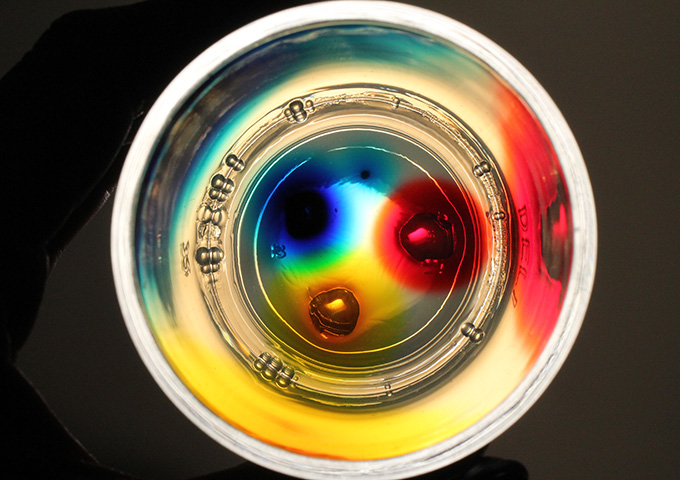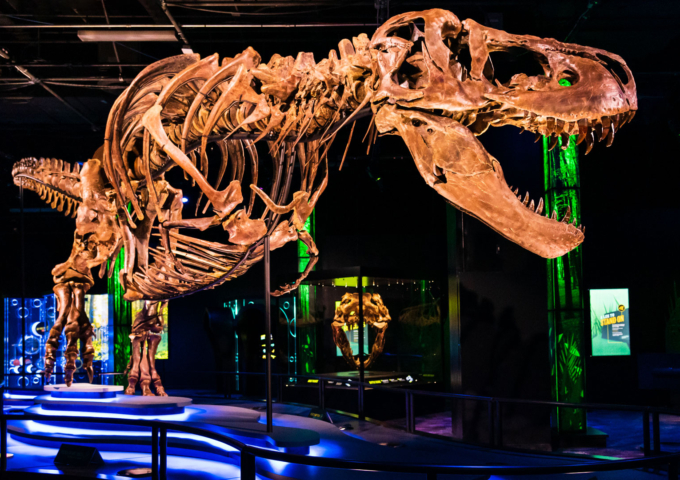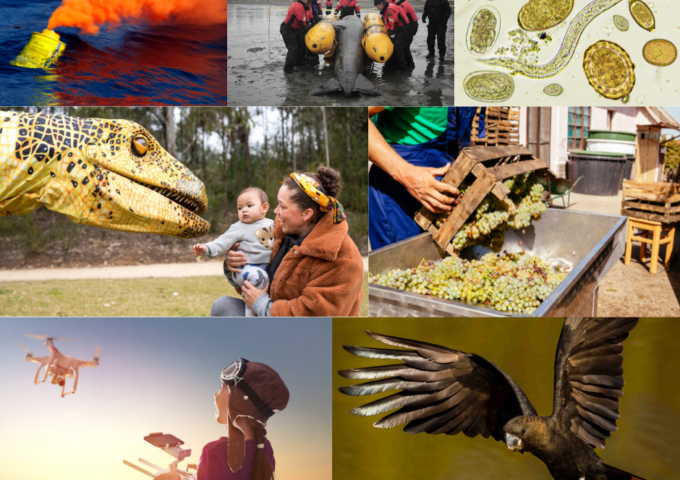
What you need
- measuring cup
- 50 ml cold water and 200 ml boiling water
- 2 tablespoons powdered gelatine*
- heat-proof jug, metal teaspoon, and knife
- small bowl or cups (clear or white will look best)
- food colouring (various colours) in dropper bottles
*Vegan substitute: 1 tablespoon agar powder. After Step 3, heat the agar mixture in a microwave oven on HIGH in 10 second bursts until it starts to thicken.
What to do
- Measure 50 ml cold water into the heat-proof jug.
- Sprinkle the powdered gelatine over the surface of the water and leave to sit for 5 minutes.
- Add 200 ml boiling water to the jug and stir.
- Leave for 10 minutes to cool before pouring the gelatine mixture into the small bowl or cups.
- Place the bowls or cups in the refrigerator to set.
- Cut a few small holes in the surface of the gelatine.
- In each hole, place 1-2 drops of a food colouring. Make sure the food colouring only falls into the holes and avoid dropping any on the surface of the gelatine.
- Leave the gelatine to sit on a bench for several hours or overnight and observe.
What’s happening?
Gelatine is made from the protein collagen. When gelatine is mixed with water, heated, and then cooled, the collagen forms a 3D structure that incorporates the water. The result is a semi-solid gel that holds its shape.
While the collagen molecules cannot move in the gel, the pigment molecules in the food colouring are dissolved in water and are free to move slowly. In each hole, there are a lot of pigment molecules close together. The pigment molecules diffuse through the gel to areas of lower concentration of pigment. The size of the pigment molecules affects the rate of diffusion, and some colours may move further than others.






